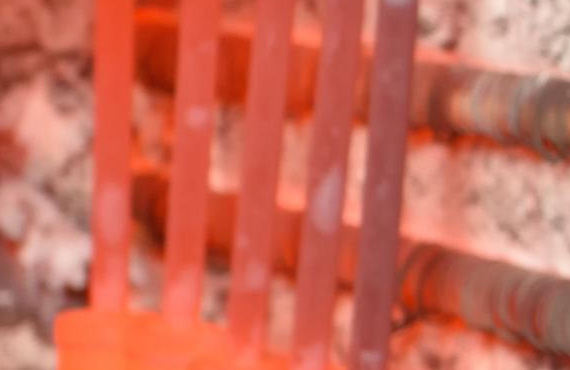Sintering heat treatment is a thermal process applied to shape and bond metal and ceramic powders at a specific temperature. This process is used to densify and gain strength in the powdered material before it reaches its melting point. As a result of sintering, the material acquires a more homogeneous structure and improved mechanical properties.
Sintering Heat Treatment
Sintering Heat Treatment
How Is Sintering Heat Treatment Applied?
- Powder Preparation: Metal, ceramic, or composite powders are prepared according to the desired composition and particle size.
- Powder Compaction (Pressing): The powders are pre-compacted to take on the predetermined geometric shape.
- Heating (Sintering): The material is heated in a controlled manner to a specific temperature (usually 50-80% of the melting point).
- Cooling: The material is cooled in a controlled manner to achieve its final mechanical properties.
Advantages of Sintering Heat Treatment
- Provides advanced precision and homogeneity.
- Results in dense and durable parts.
- Reduces material loss compared to traditional casting and machining methods.
- Allows the production of special alloys and materials with desired properties.
Which Materials Are Used?
| Iron and iron alloys |
| Stainless steels |
| Ceramic materials |
| Copper and copper alloys |
| Advanced technology metals like tungsten and titanium |

Main Industries
Sintering is a critical heat treatment process in industries requiring precise tolerances and special mechanical properties. It is commonly used in powder metallurgy and ceramics industries.
- Automotive: Engine components, gears, and bearing systems.
- Aerospace: Lightweight and durable parts.
- Electronics: Magnetic components and contact materials.
- Medical: Orthopedic implants and medical devices.
- Defense Industry: High-strength and special alloy parts.

